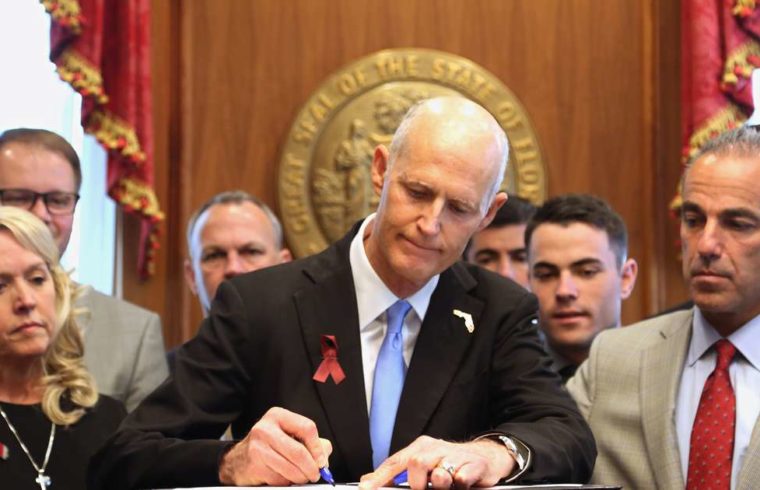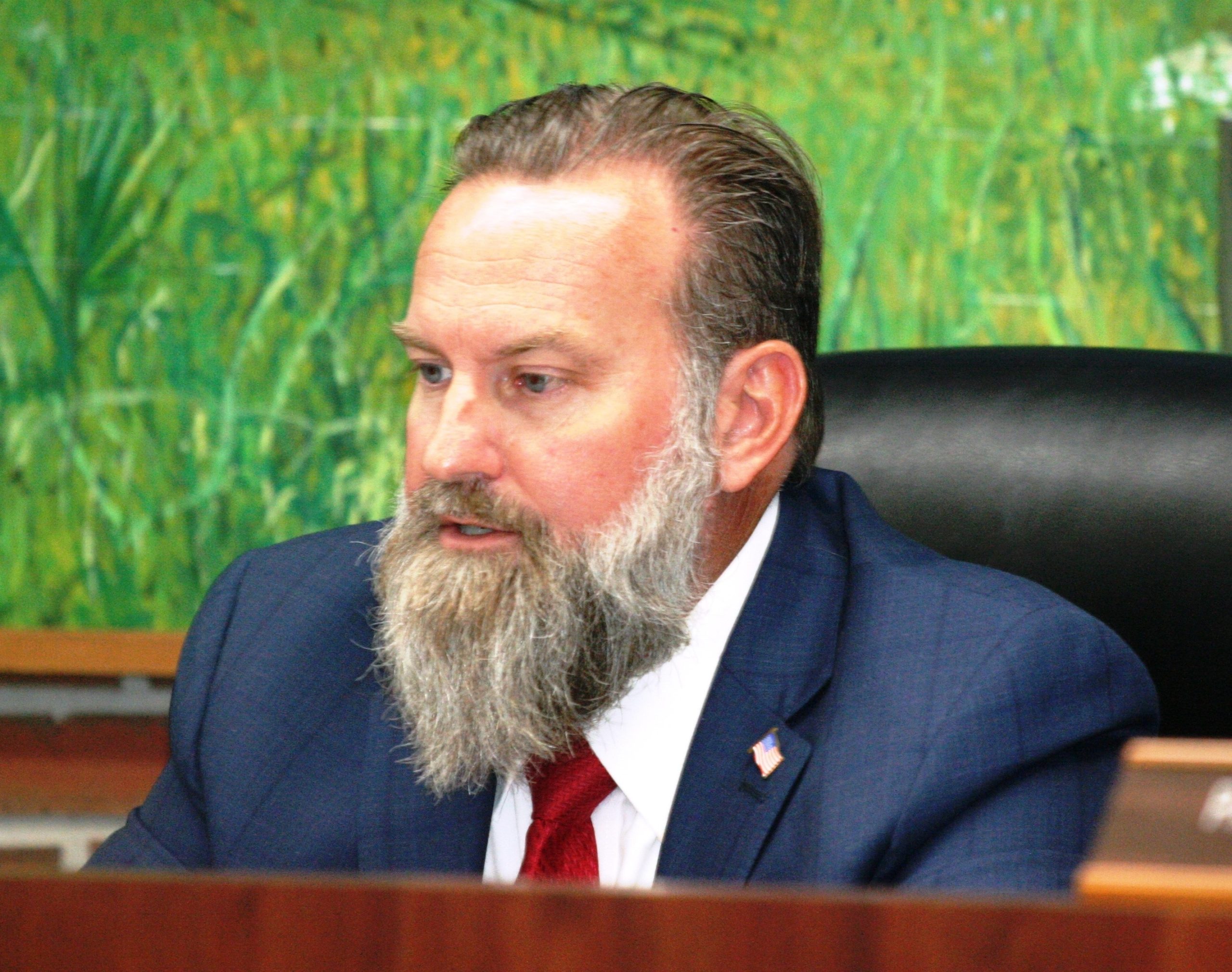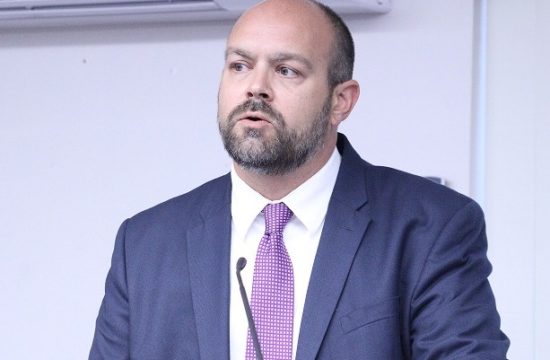Keeping Guns Away from Dangerous and Violent People
• Create the “Violent Threat Restraining Order” which will allow a court to prohibit a violent or mentally ill person from purchasing or possession a firearm or other weapon when either a family member, community welfare ex pert or law enforcement office files a sworn request and presents evidence to the court of a threat of violence involving firearms or other weapons. There would be due process for the accused and any fraudulent or false statements would face criminal penalties.
• Strengthen gun purchase and possession restrictions for mentally ill individuals under the Baker Act. If a court involuntarily commits someone for treatment under the Baker Act because they are at risk of harming themselves or others, an individual would be required to surrender all firearms and not regain their right to purchase or possess a firearm until a court hearing. A minimum 60-day period would be established before individuals can ask a court to restore access to firearms.
• Prohibit a person from possession or purchasing a firearm if they are subject to an injunction for protection against stalking, cyberstalking, dating violence, repeat violence, sexual violence or domestic violence.
• Require all individuals purchasing firearms too be 21 years old or over. Exceptions would include active duty and reserve military and spouses, National Guard members and law enforcement.
• Establish enhanced criminal penalties for threats to schools, such as social media threats of shootings or bombings and enhance penalties if any person possesses or purchases a gun after they have been deemed by state law to not have access to a gun; and
• Ban purchase or sale of bump stocks.
$450 Million Proposal to Keep Students Safe
• Mandatory School Resource Officers in every public school. These law enforcement officers must be either sworn sheriff’s deputies or police officers and be present during all hours students are on campus. The size of the campus should be a factor in determining staffing levels by the county sheriff’s office, and Gov. Scott is proposing at least one officer for every 1,000 students. This must be implemented for every 1,000 students by the start of the 2018 school year.
• Provide sheriffs’ departments the authority to train additional school personnel or reserve law enforcement officers to protect students if requested by the local school board.
• Require mandatory active shooter training as outlined by the Department of Homeland Security. All training and code red drills must be completed during the first week of each semester in all public schools. Both faculty and students must participate in active shooter drills and local sheriff’s offices must be involved in training.
• Increase funding in Safe Schools Allocation to address specific school safety needs within each district. This includes school hardening measures like metal detectors, bullet-proof glass, steel doors and upgraded locks. The Florida Department of Education (DOE), in conjunction with the Florida Department of Law Enforcement (FDLE) will provide minimum school safety and security standards by July 1, 2018 to all school districts.
• Require each school district that receives a Safe Schools Allocation to enter into a Memorandum of Understanding (MOU) with the local sheriff’s office, the Florida Department of Juvenile Justice (DJJ), the Florida Department of Children and Families (DCF), the Florida Department of Law Enforcement (FDLE) and any community behavioral health provider for the purpose of sharing information to coordinate services in order to provide prevention and intervention strategies:
• Establish a new, anonymous K-12 “See Something, Say Something” statewide dedicated hotline, website and mobile app.;
• Establish funding to require access to dedicated mental health counselors to provide direct counseling services to students at every school. These counselors cannot serve dual roles, such as teaching or academic advising. Every student must have an opportunity to meet annually one-on-one with a mental health professional and receive ongoing counseling as needed: and
• Require each school to have a threat assessment team including a teacher, a local law enforcement officer, a human resource officer, a DCF employee and DJJ employee, and the principal to meet monthly to review any potential threats to students and staff at the school; and
• Require crisis intervention training for all school personnel. This training must be completed before the 2018 start date.
NOTE: All school safety plans as outlined above must be submitted by each public school to their County Sheriff’s Office by July 15, 2018 for approval. Once all plans and requests for school hardening have been approved by the county sheriff’s department, in consultation with local police jurisdictions, plans can be submitted by the school district to DOE for schools to receive state funds. School districts must also take all capital outlay funds received from taxpayers and use these funds for school hardening before it can be spent on any other capital outlay. This must be approved by the sheriff’s department and submitted to DOE by August 1, 2018.
$50 million Proposal for Mental Health Initiatives
• Expand mental health service teams statewide to serve youth and young adults with early or serious mental illness by providing counseling, crisis management and other critical mental health services;
• Require every sheriff’s office to have a DCF case manager embedded in their department to soley work as a crisis welfare worker for repeat cases in the community. This will require 67 additional employees to be hired at DCF by July 15, 2018; and
• Provide law enforcement and mental health coordination matching grants to allow sheriffs to establish special law enforcement teams to coordinate with DCF case managers as outlined above.













